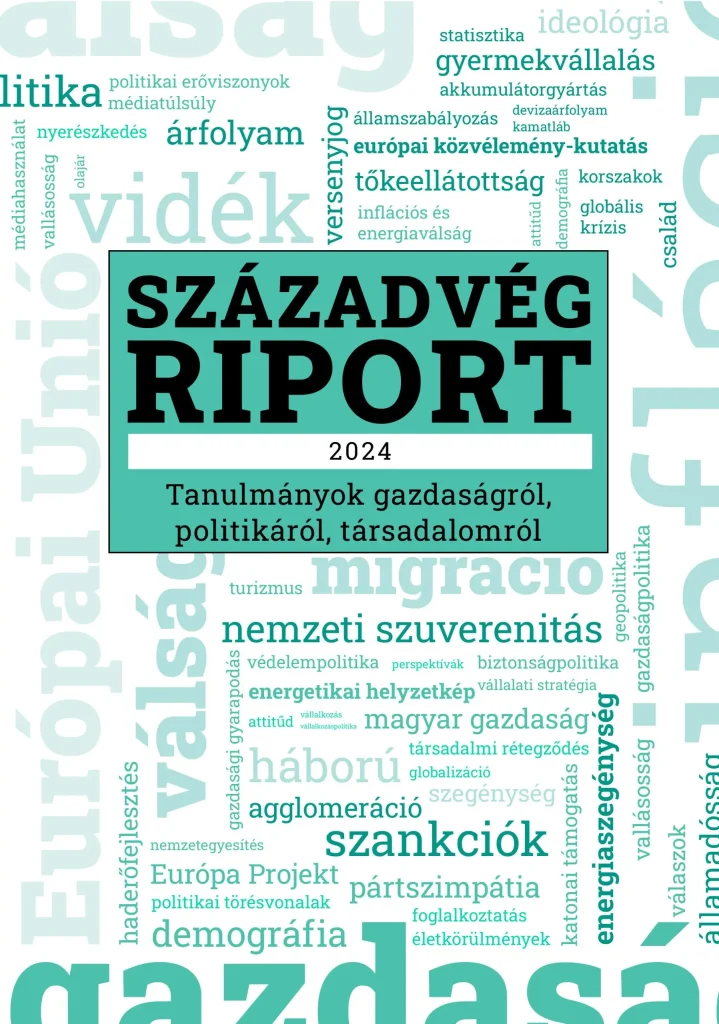For the third time since 2015, Hungarian macroeconomic researchers and digitisation experts have produced a comprehensive analysis of the national economic weight of the Hungarian digital economy. The key finding of the research is that if digital technologies take off even more robustly than today, the digital economy could be one of the drivers of Hungary’s economic growth.
New methodology for measuring the digital economy
The digital economy is continuously expanding both in Hungary and in the EU, as digital transformation is significantly transforming the internal processes, operations and sometimes business models of individual economic sectors, forcing more and more sectors and businesses to develop their own internal digital capabilities.
Therefore, the digital economy is not limited to the ICT sector, which can be well defined by traditional statistical methodologies (e.g. value added, employment, investment, R&D&I, etc.), but has a significant impact on all sectors of the economy, to a lesser or greater extent, due to spillover effects.
In order to measure this impact, Századvég and IVSZ developed a new methodology in 2015 based on the Input-output Table (IoT), which uses multiplier data to quantify the spillover effects of the ICT sector on the operation of other sectors in addition to its direct performance.
The ICT sector in the European Union
The gross value added (GVA) generated by the ICT sector in the European Union grew by EUR 242 million, or 45.9%, between 2016 and 2022, mainly due to the strong growth of ICT services. The biggest contributor to this growth was the first two years of the coronavirus pandemic, which saw a surge in digitisation. While the sector’s GVA increased, its weight in employment also grew by almost 17% between 2016 and 2021, with more than 7.6 million people working in the sector in 2021.
The ICT sector and the digital economy in Hungary
Hungary also shows the same positive trends as the EU, with both segments of the Hungarian ICT sector showing significant growth in the period between 2001 and 2023, with ICT manufacturing growing at 6.2% and ICT services at 6.4% per year on average.
Although the gross value added (GVA) of the ICT sector nearly doubled in nominal terms between 2014 and 2022, its share in the economy fell from 7.1% in 2014 to 6.7% in 2022, albeit not significantly. However, the dynamism and future-proofness of the Hungarian ICT sector is illustrated by the fact that, by 2022, the sector’s GVA exceeded the previous 2019 research estimate for the organic path by 25% and was just 5% below the technology-driven path forecast at the time.
The spillover effects quantified using the methodology developed by Századvég (using the 2010 IoT value) increased the direct GVA contribution of the sector by a further HUF 6.32 billion in 2022, so the digital economy contributed a total of HUF 10.1 billion in GVA to the Hungarian economy in 2022, which was 18% of the total GVA of the national economy in that year.
Between 2009 and 2023, the number of people directly employed in the sector increased one and a half times, from 170,000 to 253,000. And using the employment multiplier (2010), in 2022 the digital economy provided direct or indirect employment for an additional 682,000 workers (around 935,000 in total), representing 19.9% of the Hungarian workforce in that year.
Forecast: stagnation or growth in the thousands of billions
Századvég also prepared an estimate projecting the development of the Hungarian digital economy until 2030, in which, in addition to the organic development path, it also outlined a technology-driven growth path, expecting the penetration of ICT-based technologies to be even more dynamic than before, and a pessimistic scenario, expecting the sector’s importance to decline.
Along the organic growth path, by the end of the period, GVA generated directly by the ICT sector could increase to almost HUF 8,000 billion, which would account for 8.2% of the expected GVA of the national economy in 2030, while GVA generated by the digital economy would more than double to HUF 21,000 billion by the end of the same period, from 18% in 2022 to 21.8% in 2022, thus increasing the weight of the digital economy in the national economy.
If a consistent, technology-driven development path is followed, the GVA generated by the ICT sector could rise to HUF 8,470 billion by 2030, which would increase the direct weight of the sector in the national economy (in terms of GVA share) to 8.8%, while the contribution to the national economy of GVA generated in the digital economy along the technology-driven path would increase from 18% in 2022 to 23.3%, which would put Hungary among the most technologically advanced countries in the European Union.
In case of a pessimistic growth path, the GVA generated by the ICT sector would stagnate nominally at the current level of around HUF 4,000 billion, which would reduce the sector’s weight in the national economy from 6.7% to 4.1% in 2030. If the pessimistic growth path were to materialise, the GVA generated in the Hungarian digital economy would stagnate at around HUF 10,000 billion (based on 2010 IoT values) over the forecast horizon, which would significantly reduce the contribution of the sector to the national GVA from 18% in 2022 to below 11%.
